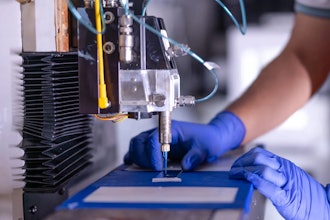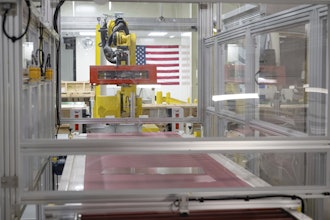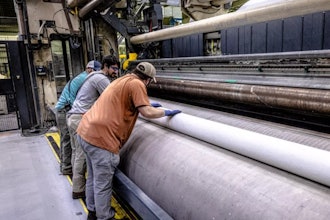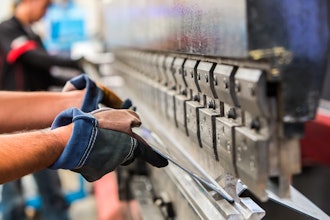
Agile manufacturing is all about being nimble and responsive, able to pivot in response to shifts in the marketplace, advances in technology, or changes in consumer sentiment. Almost by definition, then, agile manufacturers must be in the know about the latest trends, including trends within the field of agile manufacturing itself.
The question is, how has the understanding of agile manufacturing shifted in the last couple of years? This post will highlight five of the most notable trends while also providing tips for agile manufacturers looking to combat institutional resistance to change.
Agile Manufacturing: 5 Essential Trends
1) Lean Manufacturing
Lean principles, derived from the Toyota Production System, have been around for more than 50 years. But while they are not new, these concepts have been making inroads in the manufacturing world lately. Manufacturers have looked to the lean ideology to help streamline internal processes and reduce excess inventory.
There are several lean manufacturing principles that are especially relevant in agile manufacturing, including:
- Developing a mindset of continuous improvement.
- Showing respect for people, including all employees, by involving and engaging them in processes.
- A just-in-time production mentality.
- Value stream mapping.
2) Flexible Manufacturing Systems
Another important trend in agile manufacturing is flexible manufacturing systems, or FMS. This system enables rapid changes and reconfiguration of production lines in order to accommodate evolving or fluid customer demands.
Basically, the FMS model allows manufacturers to develop and produce a wide variety of products efficiently, but also to change their designs as needed, all without compounding customer wait times.
FMS is a mindset, but it’s also a technological ecosystem. Specifically, it requires several automated machines, including CNC, robots, and material handling systems. This equipment creates an adaptable ecosystem for product development.
3) Rapid Prototyping and Iterative Design
A major focus in the agile manufacturing world is creating the minimum viable product, or MVP, then running through a number of prototypes and iterations to develop the best product possible.
To accomplish this goal, manufacturers can employ rapid prototyping techniques, such as 3D printing, to create and iterate quickly, building out a number of prototypes based on user feedback. This is a critical trend that all agile manufacturers need to take advantage of.
Again, having the right tech is key. A product roadmap management software for manufacturing such as Gocious can be especially important for aligning teams to a shared set of goals, and for easily incorporating user feedback.
4) Digital Twins and Simulation
While rapid prototyping is an important concept, it’s vital to note that it may not always be feasible for manufacturers to create several iterations of a complex product in full.
Digital prototyping can help to address this problem. Specifically, many manufacturers create digital replicas, or “twins,” of their physical products. This makes it possible to simulate and optimize production without risking any major disruption to actual operations.
This is another essential trend that has proven to be a game-changer in the agile manufacturing world.
5) Dynamic Product Roadmapping
Finally, more and more manufacturers are seeing the value in dynamic product roadmapping.
We referenced product roadmap technology above, but here’s a quick summary: Basically, product roadmap tools provide a single source of truth for all teams to rally behind. What this means is that engineers, developers, testers, marketers, and even finance professionals are always drawing from the same information, updated in real time. And, they are oriented to the same deadlines, budget, and core objectives.
Dynamic product roadmapping is a big deal for manufacturers looking to streamline communication between all their disparate team members.
Embrace Change
It’s worth noting that, even in organizations that wish to adopt a more agile mindset, resistance to change can be a real concern. To overcome this resistance, consider these tips:
- Make sure leaders offer their buy-in from the outset.
- Prioritize education and training, ensuring all personnel understand the changes you’re suggesting.
- Set realistic expectations about new changes or initiatives, and don’t try to do too much too soon.
As you consider different ways to be successful in agile manufacturing, make sure you think seriously about how to adapt to each of these major trends.






















